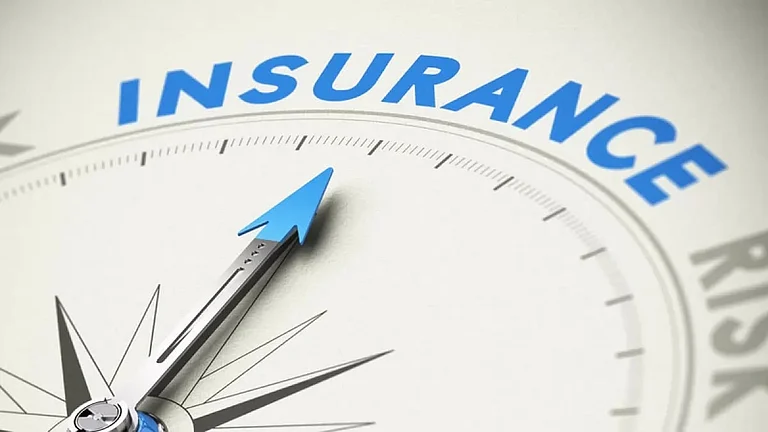Having a line of credit or a credit card can come in handy during times of financial emergencies. But most people often confuse between the two. Both are essentially credit facilities.
That’s also the reason why they should be availed of with utmost caution. They can quickly spiral out of control in the form of a bad debt if one is spendthrift or doesn’t repay on time.
Also to be kept in mind is that while these products could be useful for unexpected financial needs, they are not a good option for one’s daily needs, especially when the income source is uncertain and irregular.
What Is A Line Of Credit Or Credit Line?
A line of credit is a credit facility or a type of loan that banks and financial institutions provide to meet your unexpected financial needs.
Unlike traditional loans, where a lump sum amount is released as loan, and equated monthly instalments (EMIs) are predetermined and interest is charged on the total amount, a line of credit provides a credit limit instead of a lump sum amount.
After the lender checks the borrower’s credit profile, they decide the credit limit and charge interest on the amount at their applicable rate.
HSBC Bank has recently launched its personal line of credit facility, HSBC Anytime Credit. The line of credit or the overdraft facility, as the bank says, is for the salary account holders where the maximum credit limit could be Rs 50 lakh. The rate of interest of 14-18 per cent. Borrowers can repay the credit by transferring funds from their salary account.
HDFC Bank is offering a similar facility to individuals through a facility named Salary Plus. One can avail of a credit line of up to Rs 1.25 lakh. For a credit of Rs 1 lakh, the bank charges Rs 41.09 per day for the duration of the funds used, according to the bank’s website. The borrower has the option to renew the credit facility at the end of 12 months.
One major difference in a line of credit is that the borrowing limit gets reduced by the amount of credit taken. It is restored to its full limit only after full repayment of the credit taken. The interest is charged only on the credit taken and not on the credit limit.
What Is A Credit Card?
A credit card, on the other hand, is a short-term credit facility, generally for a period of 30-50 days. There are no charges on using the amount for this credit-free period. Beyond this, the card issuing bank levies interest as well as penalty on the amount till full repayment.
Banks and financial institutions offer credit cards with benefits ranging from discounts on purchases, and rewards points to interest-free equated monthly instalments (EMIs). These added features make credit card popular among users.
However, one should always ensure to pay the dues in full on time. The rate of interest on
credit cards typically come to 30 per cent or more.
How Are They Different?
Both line of credit and credit cards offer short-term credit to meet small and unexpected financial requirements. Yet, they are different in some aspects.
Rate Of Interest: The rate of interest is variable in a line of credit and depends on the customer’s credit history and the score. Usually, the rates are lower for a line of credit than for a credit card.
Collateral: A line of credit is available with or without collateral. When the overdraft is against salary, it is considered as without collateral. But a non-salaried person can also avail of the credit facility against their fixed deposits, which is considered as collateral. They cannot break the fixed deposit until the line of credit is linked with it and running. For credit
cards, there is no requirement of any collateral.
Ease Of Use: The line of credit does not provide one with a separate card. The credit facility is added to the borrower’s account. The amount can be withdrawn from the account whenever there is a financial need for any purpose, not necessarily for shopping. On the other hand, credit cards bring along the added benefits for using the credit limit, but the
customers have to carry it with them to use it.
Both line of credit and credit cards are issued based on the credit score of the customer and
the repayment history.













